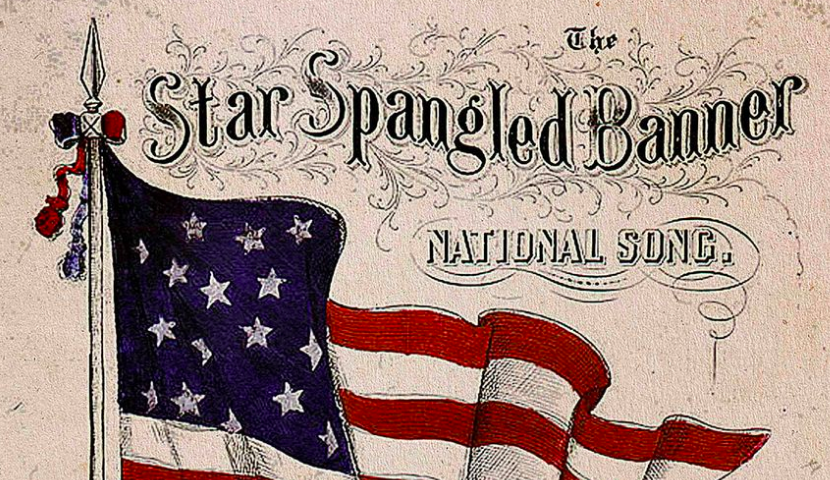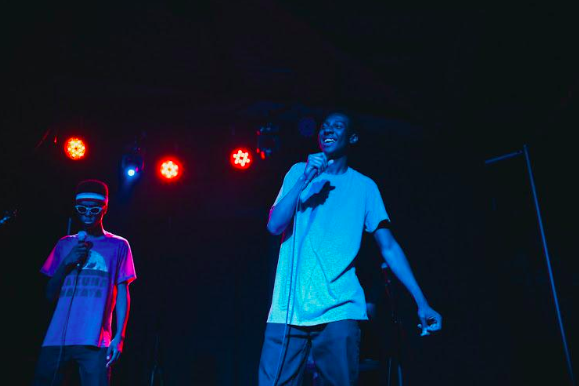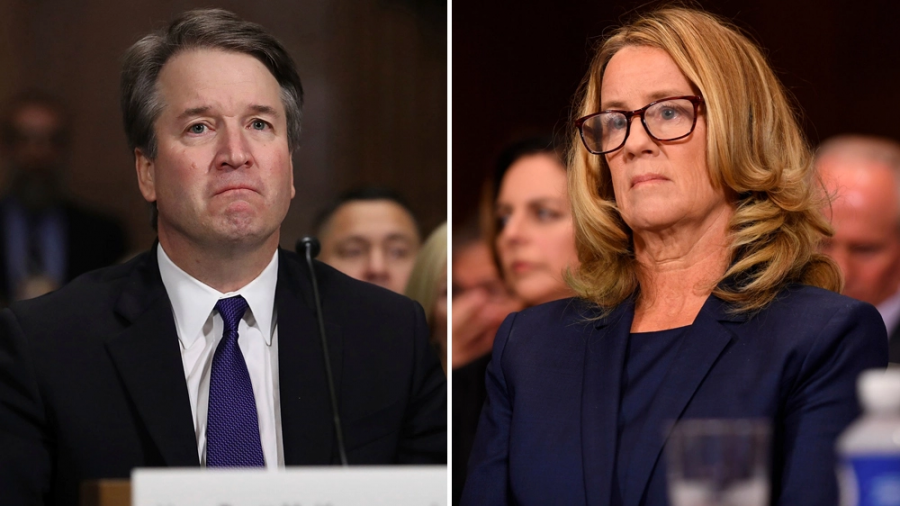Niles Huang and Sophie Samaha
When we started our internship with the Radnor Conservancy in collaboration with the League of Women Voters, we had no idea that soon we would be standing above the dumping site of a trash facility. Although the odor was far from pleasant, the experience was worth the opportunity of advancing us towards our goal as interns: to rejuvenate outdated township recycling guidelines and reduce Radnor Township’s environmental footprint.
In an effort to gain a general understanding of local recycling policies, we investigated the Delaware County and Radnor Township Recycling websites. While we learned about many basic recycling regulations, we knew we needed a deeper understanding of the recycling process if we wanted to improve it. So when we learned that the township was sending waste to a trash-to-steam plant in Chester County called Covanta, we arranged to visit.
On our tour, we learned that trash didn’t always go to waste. Instead of dumping in landfills, Covanta converts trash from residents in Delaware County into steam, which, in turn, generates energy. This energy powers both the Covanta facility and Chester’s electrical grid. We were pleasantly surprised at how a place that collects trash could be so environmentally friendly.
Now that we knew more about the waste removal process, we began our foray into the field of recycling. We met with with the Director of Radnor Public Works, Mr. Steve McNelis, and the Administrative Assistant, Ms. Leah McVeigh, who gave us a history of the recycling program in Radnor, as well as a detailed overview of the program. They confirmed to us that recycling is economic: Radnor taxpayers spend more per ton to dispose of waste than to recycle it. In terms of logistics, we learned that recycled items were temporarily unloaded at transfer stations, ultimately arriving at the Republic Services Materials Recovery Facility, in King of Prussia.
With the help of Mr. McNelis, we organized a tour of the Republic facility. As we looked around at the carefully processed and packaged materials, we could not help but feel content seeing the recycling process in action. Unfortunately, as we learned from Mr. Chris Giovetsis, the Division Manager, due to improperly recycled items, the facility had to throw away 15% of what it received. We felt the urgency of spreading our message, more than ever.
Armed with the knowledge we had gained from all our research, we worked together to design a poster with proper recycling guidelines and practices, as well as an educational recycling video.
When we started our internship, we had one goal: to learn more about the recycling process and then improve our community’s understanding of recycling. Now, we see that this goal was just the first step in a larger process of enlightening a community. We hope that these resources will help Radnor citizens become better environmental stewards, as we have been inspired to do through our work with the Radnor Conservancy.
Categories:
Rejuvenating Radnor Recycling
December 12, 2017
More to Discover





